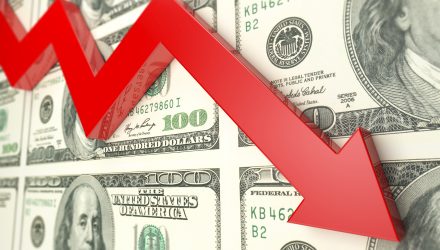The bond markets were listening to a nursery rhyme of bond yields that came tumbling down after U.S. manufacturing activity slowed to almost a three-year low during the month of July as the effects of a U.S.-China trade war were made apparent in the data.
The data comes after the Federal Reserve cut rates by 25 basis points on Wednesday, causing benchmark Treasury yields to already face downward pressure. On Thursday, the benchmark 10-year note fell under 2 percent to settle at 1.891 and the 30-year note fell to 2.426.
In a post-rate adjustment press conference, Fed Chair Jerome Powell couldn’t quell the market angst as volatility reigned in on the equities market as well. For the markets hoping that future rate cuts could be on the way, Powell dashed their hopes by saying it wasn’t the trend, but merely a “mid-cycle adjustment.”
“That refers back to other times when the FOMC has cut rates in the middle of a cycle and I’m contrasting it there with the beginning of a lengthy cutting cycle. That is not what we’re seeing now, that’s not our perspective now,” Powell said. “You have to look at not just the 25 basis-point cut, but look at the committee’s actions over the year.”
“We started off [the year]expecting some rate increases. We then moved to a patient setting for a few months and now we’ve moved here,” Powell added. “As we’ve moved to more accommodative policy, the economy has actually performed as expected with that gradual increase in support.”
The markets may have already priced in a rate cut, leading to sell-offs following news of the cut. Additionally, the cut acknowledges that the central bank is aware of the looming risks in the economy.
The news of the rate cut comes after the U.S. economy added 170,000 nonfarm payrolls and the unemployment rate currently stands at a low 3.7 percent. The Commerce Department recently reported that Gross domestic product (GDP) fell during the second quarter to 2.1 percent, but still bested Wall Street analysts who were expecting a larger decline. GDP fell from 3.1 percent in the first quarter, which represents the weakest increase since the first quarter of 2017.
The central bank cited “implications of global developments for the economic outlook as well as muted inflation pressures.” The Fed also said it would “act as appropriate to sustain the expansion,” which meant that future rate cuts could take place.

